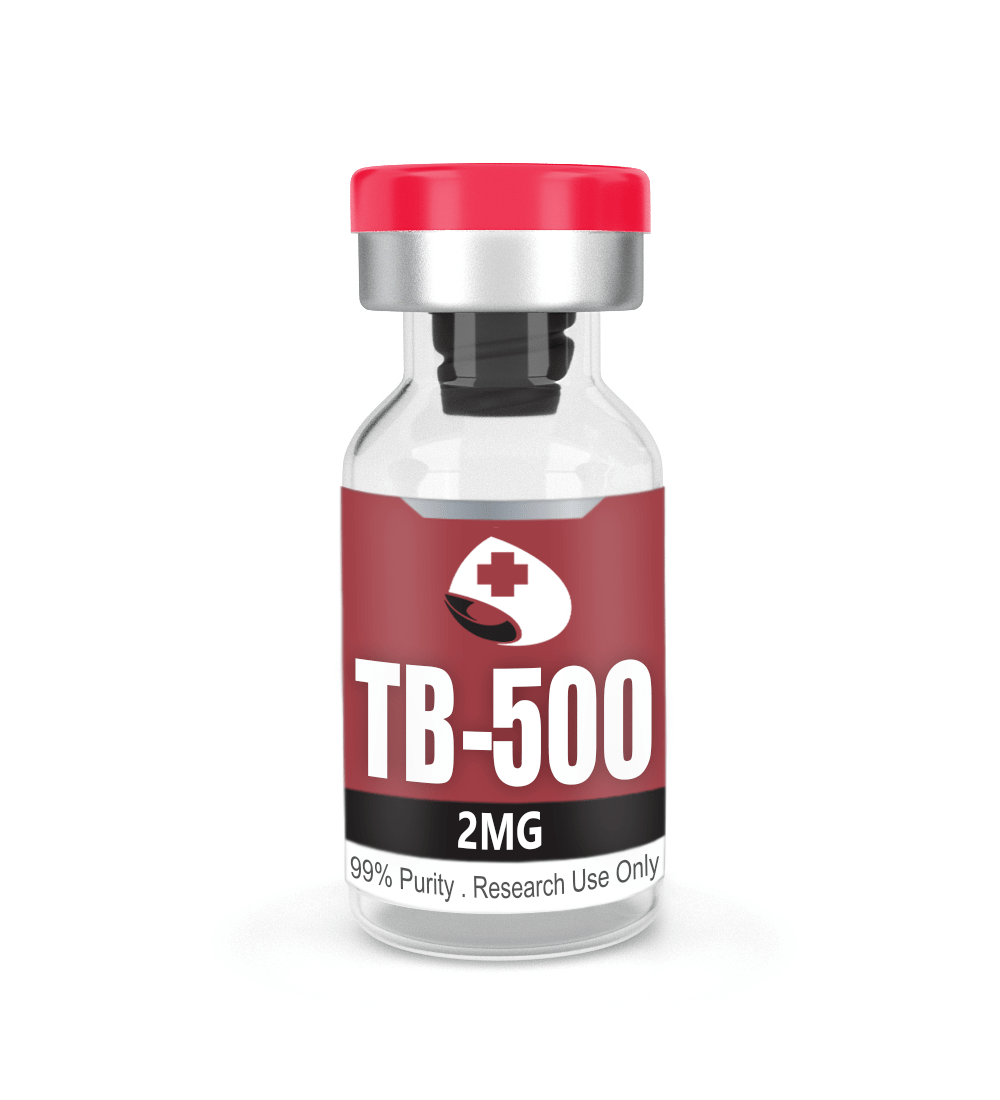
Dq August Second Concern 2011 By Dataquest
Dq August Second Concern 2011 By Dataquest
Avoid withNot suggested for creams as the water can set off corrosion. This question is usually asked from a safety perspective, so the far better question is "is this risk-free to use as routed? For this info I would advise referring to the Cosmetics Details database.
Are All Emulsifying Waxes (e-waxes) The Exact Same?
- You'll also need to make "room" for the crucial oils by decreasing one more active ingredient in the recipe by nevertheless much you're adding.
- Ibuprofen is considered a very secure drug, however if you take excessive you can harm your belly and intestines.
- That's not a deal-breaker, but please don't add more to try to make up as you may over-do it and produce something bothersome or animating (or simply ordinary stinky).
- Bathroom bombs sets are normally around 800g, and my largest batches of points are normally soap, around 1500g.
- Prevent withAnything with high concentrations of necessary oils (5%+) or extreme pH's.
We desire that very same sort of scalability with formulas-- if somebody told you they spent 70% of their earnings on rent you would certainly know that was too much no matter just how much money they make. With formulas, if you see it asks for 10% preservative when the maximum suggested rate is 1%, you know that's method excessive, despite batch dimension. You wouldn't be able to understand that right away if the dish just called for 3g. With this list you'll have the ability to develop body butters, lip balms, straightforward lotions, cleansing balms and oils, and a lot more. You'll likewise want to consider the solubility of your exfoliant.
How Can I Transform Your Recipes From Grams To Ounces And Extra Pounds?
The emulsifier the formulation utilizes figures out the type of emulsion you get-- which phase is poured right into which can not transform that. Some formulations/emulsifiers will especially need that stage is poured into the various other. If that is the case for any one of my formulas, I'll make it perfectly clear in the directions. This is mostly personal preference; I locate the water stage comes out of its determining cup much more conveniently and entirely, so I do it by doing this. I have possibly made well over a thousand successful solutions with these emulsifiers, pouring the water phase right into the oil stage.

I certainly aim to consist of sufficient information regarding the formulation that you can make it without having to read the blog post, once we get into replacements and the "whys" concerning component choice, well-- that gets to be a lot of content. Products offered with these names are not constantly items of purification, though. It isn't uncommon to acquire something with one of these names that is actually an important oil that has actually been solubilized in water. These fake hydrosols are generally handed out by their foam-- if you shake one you'll get some soap. This is as a result of the incorporation of a solubilizer, which is practically a surfactant. They can likewise be given away by an SDS (safety and security data sheet), which can reveal a solubilizer and vital oil as part of the active ingredients of the item.

It is very crucial that you are calculating these optimum usage rates by weight, making use of a precise scale (I 'd suggest accurate to a minimum of 0.01 g). If you prefer to pass drops, I would certainly recommend avoiding photosensitizing necessary oils as you can not ensure you are using them safely. Graphes that offer usage percents based upon drops in tsps of oil are not precise sufficient for this type of point. If you want to make points more "all-natural" or "crunchy", please take care with the recipes you choose. Many are difficult to protect, lack critical components like emulsifiers, include extreme degrees of vital oils, or completely disregard the physiology of skin and hair.
In my individual experience, the danger at this phase is relatively low, specifically if you are taking care. It appears in a lot of formulas because it is in charge of brightness and opacity; it's a splendidly functional component. In soap, it works perfectly to bleach and lighten up bars. In cosmetics like foundations, blushes, and eye darkness it gives you a bright, opaque base to construct various other colours in addition to-- it is the canvas for your concealers, your tone eveners, and whatever else you such as. His blog post on the value of the pH of our skin treatment products is exceptionally comprehensive and insightful, and worth every second it takes to check out. This is partly since the blog pre-dates the YouTube network by a number of years, and partly since some points are just communicated better in writing. For instance, boosted focus of beeswax often tends to make products stickier/skiddier. I very recommend searching for the components (particularly the emulsifying waxes!) in the Humblebee & Me DIY Encyclopedia. Some people believe that if you're making an oil-in-water emulsion than you should put the oil into the water and the Browse this site other way around.